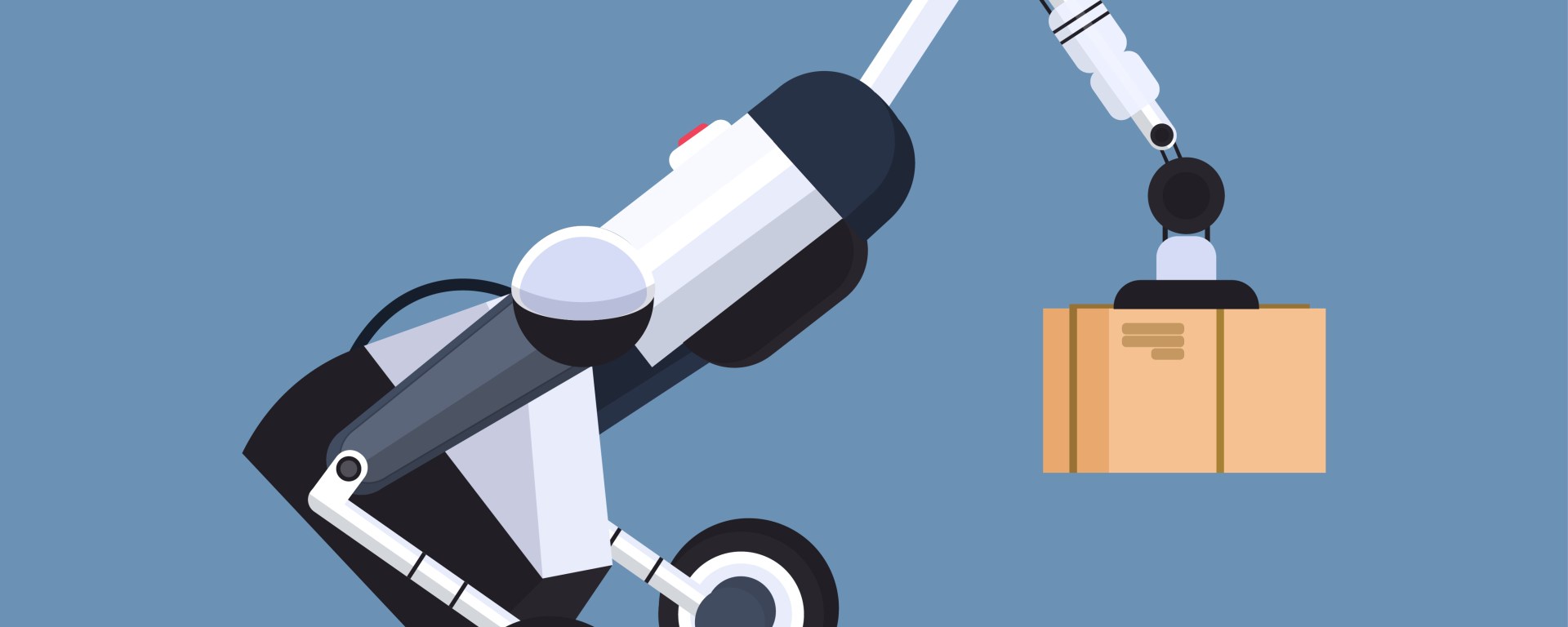Industry 4.0 or Fourth Industrial Revolution means the automation and digitization of manufacturing processes using modern technologies such as the Internet of Things, artificial intelligence, machine learning, and data analytics.
The term originated in Germany and got introduced at the Hannover Fair in 2011 by the German government. The topic aimed to create a “smart factory” with cyber-physical systems, such as intelligent machines, and sensors, communicating and cooperating and humans in real-time via the IoT and IoS.
It led to a rising global phenomenon and included various disruptive technologies. The technologies were applied along the entire value chain of production from design and engineering to manufacturing and logistics to sales and services.
The main potential of Industry 4.0 is to increase productivity, efficiency, quality, innovation, and customer satisfaction. Industry 4.0 also needs workers and employees to upskill themselves with the right capabilities.
It includes upskilling, reskilling, or even hiring new talent when needed. However, Industry 4.0 is not without its challenges and risks such as cybersecurity threats, ethical dilemmas, social inequalities, and environmental impacts, addressed by governments, businesses, and society.
The key characteristics of Industry 4.0 are interconnected machines, real-time data exchange, and the integration of physical production with digital technologies. It also enables manufacturing smart factories where processes are efficient, adaptable, and responsive to changes.
Industry 4.0 contribute to factors such as technology advancements, demand increase for more agile and efficient manufacturing process with an innate desire to maintain or regain competitiveness in global markets.
High-tech manufacturing is the prime focus of the German government which pushed the promotion of the concept of Industry 4.0. The concept led to new business models, improved supply chain management, enhanced product customization, and increased overall productivity.
Interoperability, Information transparency, Technical assistance, and Decentralized decisions are the four main design principles for Industry 4.0. Also, the organizations that are adopting Industry 4.0 are flexible, responsive, and intelligent with prepared data-driven decisions.
In conclusion, we say that Industry 4.0, gave a major boost to the financial economy by giving birth to the high-tech solution with growth and change to help move companies forward and be more future-oriented.
Sources:- Kfactory, Automation, mckinsey, machinemetrics, IBM, ptc, oracle , cleverism

